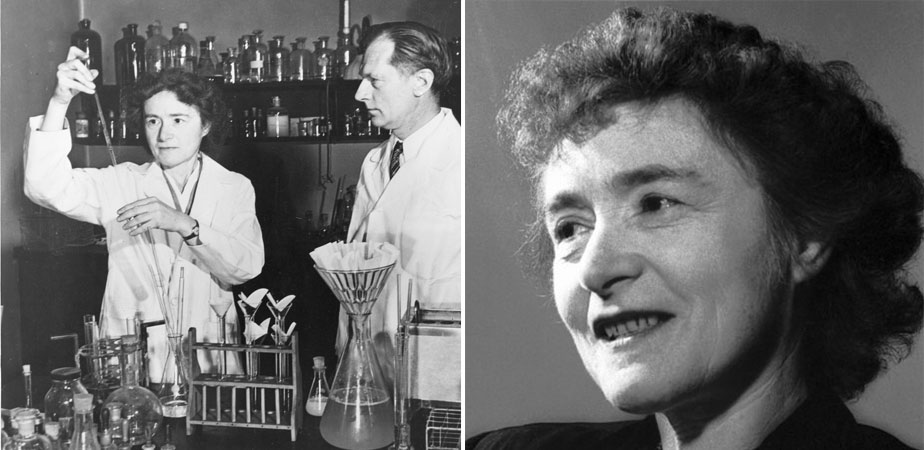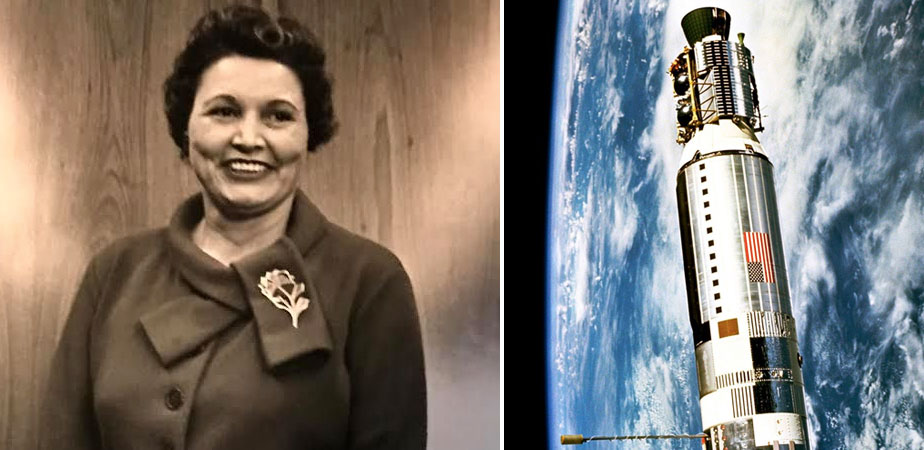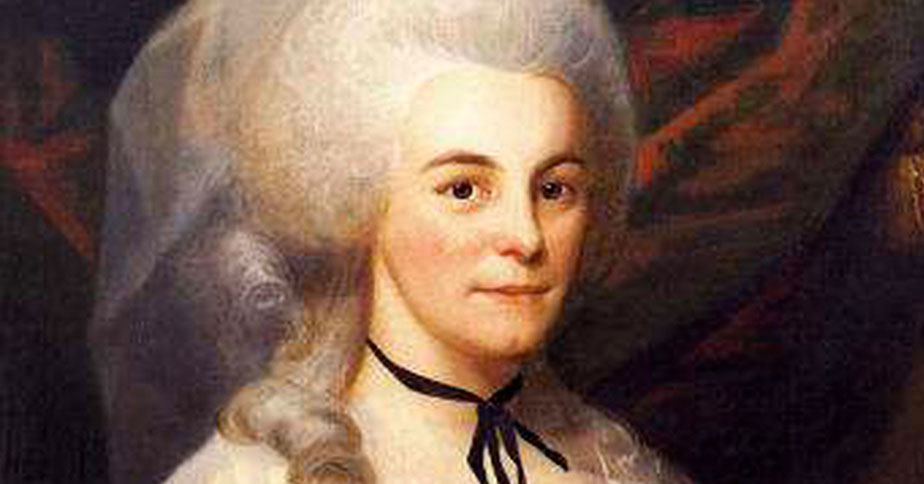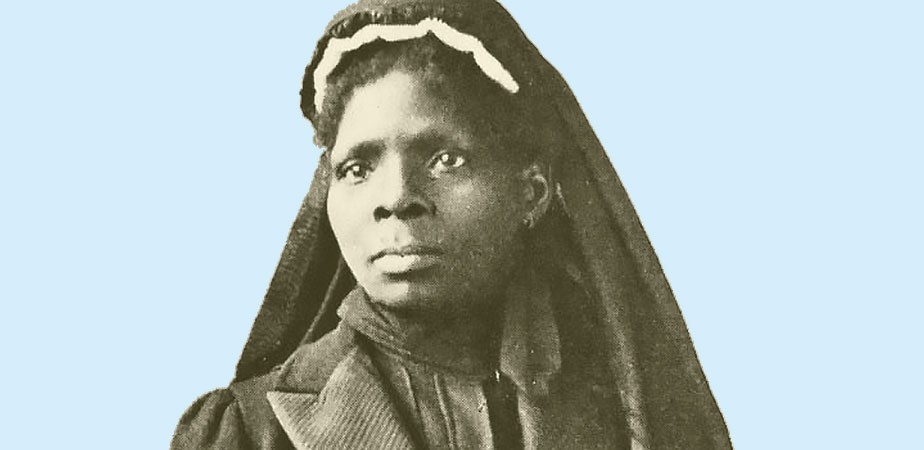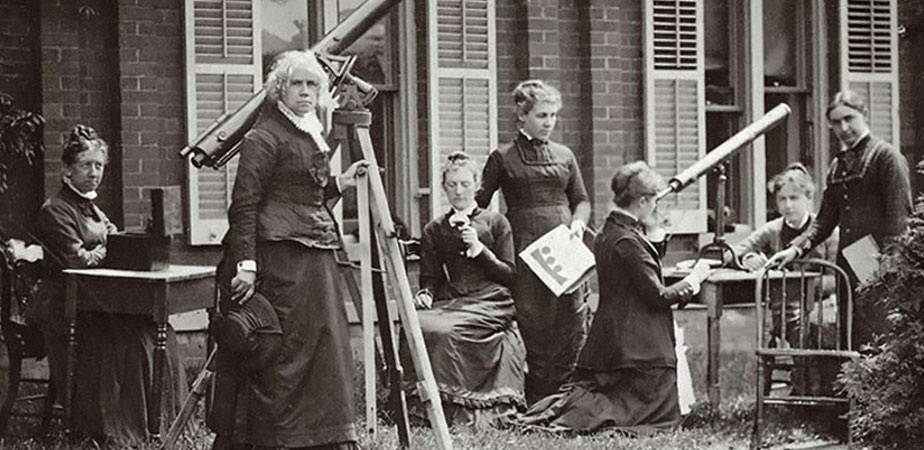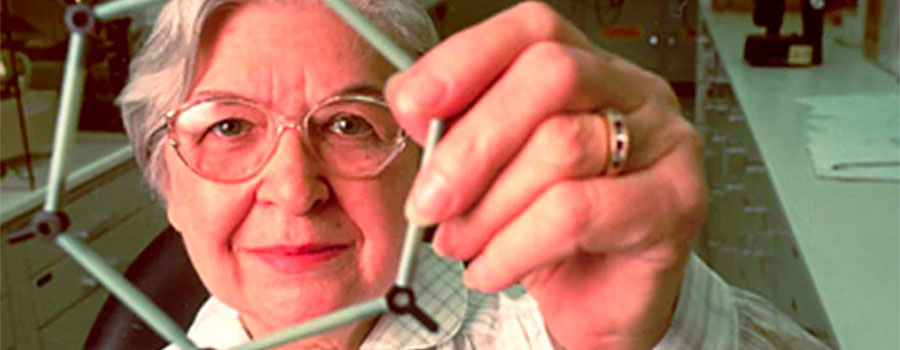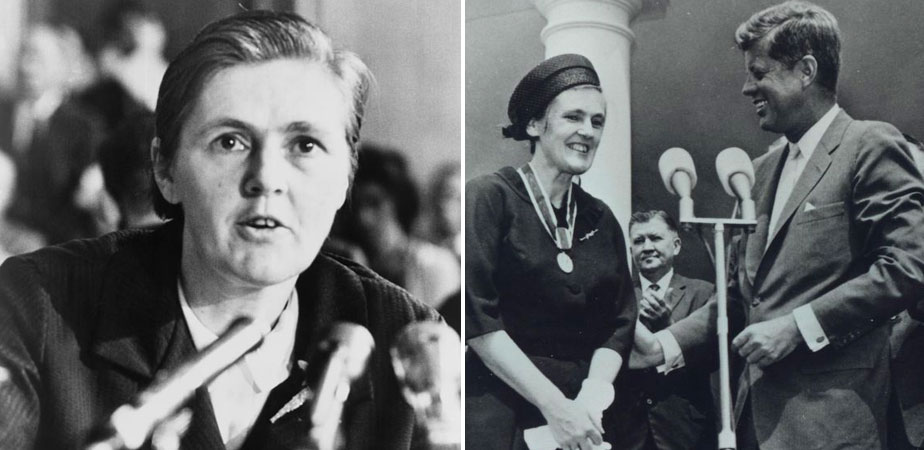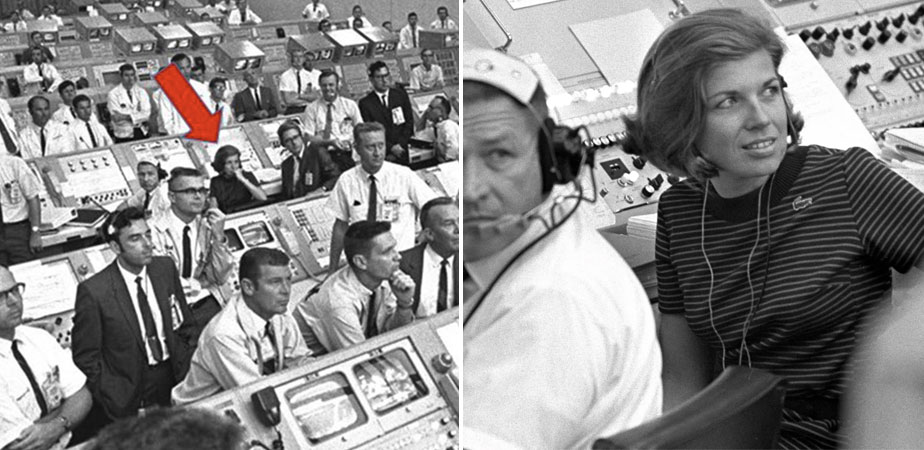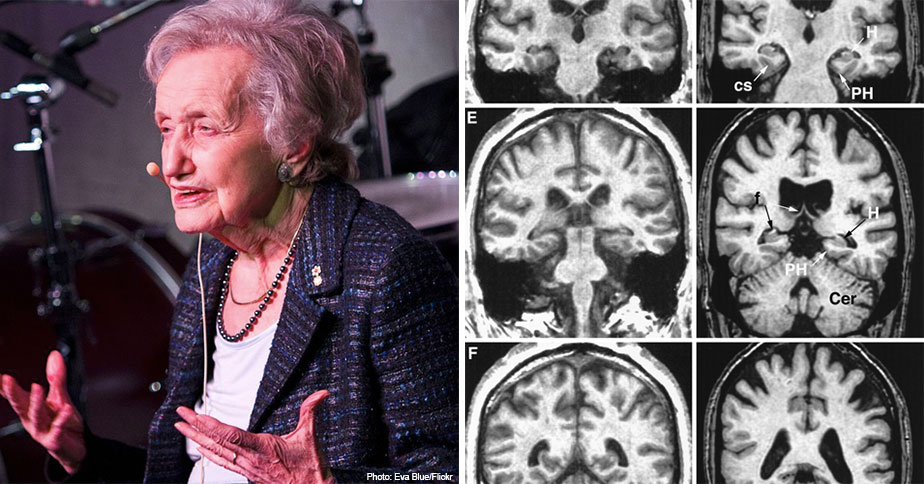The Apollo 11 moon landing nearly ended in failure -- until Margaret Hamilton's flight software saved the day.
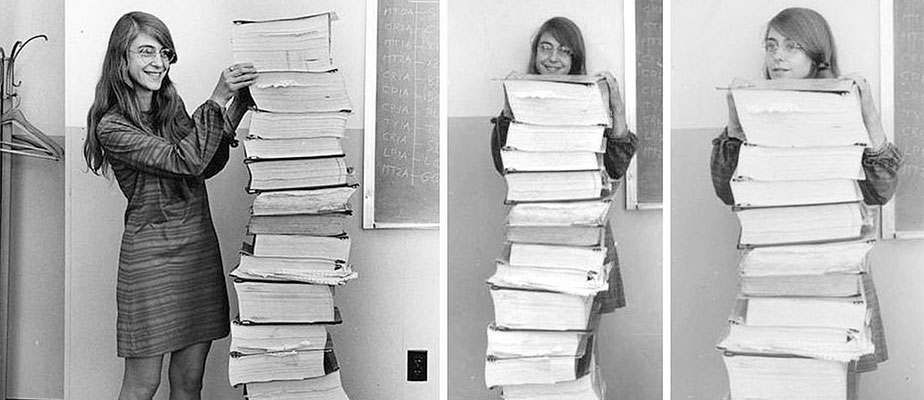 In this iconic photograph, pioneering computer scientist Margaret Hamilton stands next to the computer code that she and her team wrote to guide the Apollo spacecraft to the moon! Hamilton was the lead software designer for NASA’s Apollo program, and her forward thinking saved the 1969 Apollo 11 mission when the flight software she designed prevented a last-minute abort of the famous landing which brought the first humans to the Moon. Over the course of her career, Hamilton developed the concepts of asynchronous software, priority scheduling, and Human-in-the-loop decision capability, which became the foundation of modern software design. She also fought for programming to be given the respect it deserved, coining the term "software engineering" ; after all, as her work showed, software could make the difference between failure and a groundbreaking success. Continue reading Continue reading
In this iconic photograph, pioneering computer scientist Margaret Hamilton stands next to the computer code that she and her team wrote to guide the Apollo spacecraft to the moon! Hamilton was the lead software designer for NASA’s Apollo program, and her forward thinking saved the 1969 Apollo 11 mission when the flight software she designed prevented a last-minute abort of the famous landing which brought the first humans to the Moon. Over the course of her career, Hamilton developed the concepts of asynchronous software, priority scheduling, and Human-in-the-loop decision capability, which became the foundation of modern software design. She also fought for programming to be given the respect it deserved, coining the term "software engineering" ; after all, as her work showed, software could make the difference between failure and a groundbreaking success. Continue reading Continue reading









